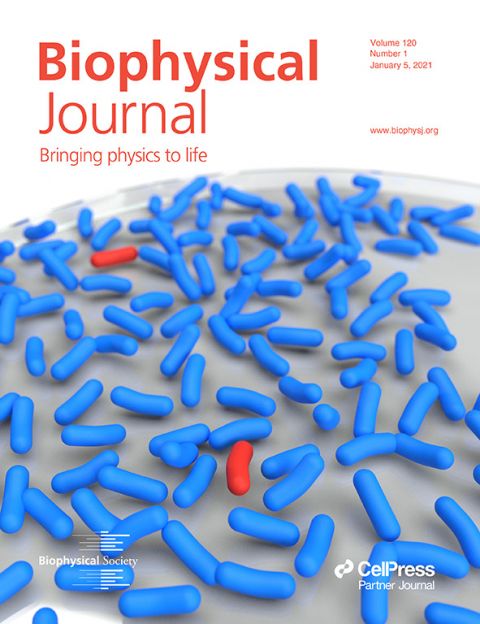Their research shows that bacteria, viruses and cancer cells can act like savvy human investors by diversifying their population against futures shocks just as people hedge their investments with a diversified portfolio against uncertainty.
The research was featured on the cover of the 5 January issue of the Biophysical Journal (pictured left), with lead author Alex Browning creating the artwork using a graphical rendering of an experiment that probes bacterial persistence.
To read more about the research, check out Alex's blog for the Biophysical Journal
- QUT Media Release on the research
- Link to the publication in the Biophysical Journal
The study was conducted by QUT PhD researchers Alexander Browning, Jesse Sharp; post-doctoral researcher Dr Tarunendu Mapder; and Professors Kevin Burrage and Matthew J Simpson – all from the QUT School of Mathematical Sciences and the ARC Centre of Excellence for Mathematical and Statistical Frontiers (ACEMS); Dr Christopher M Baker from University of Melbourne and ACEMS.

